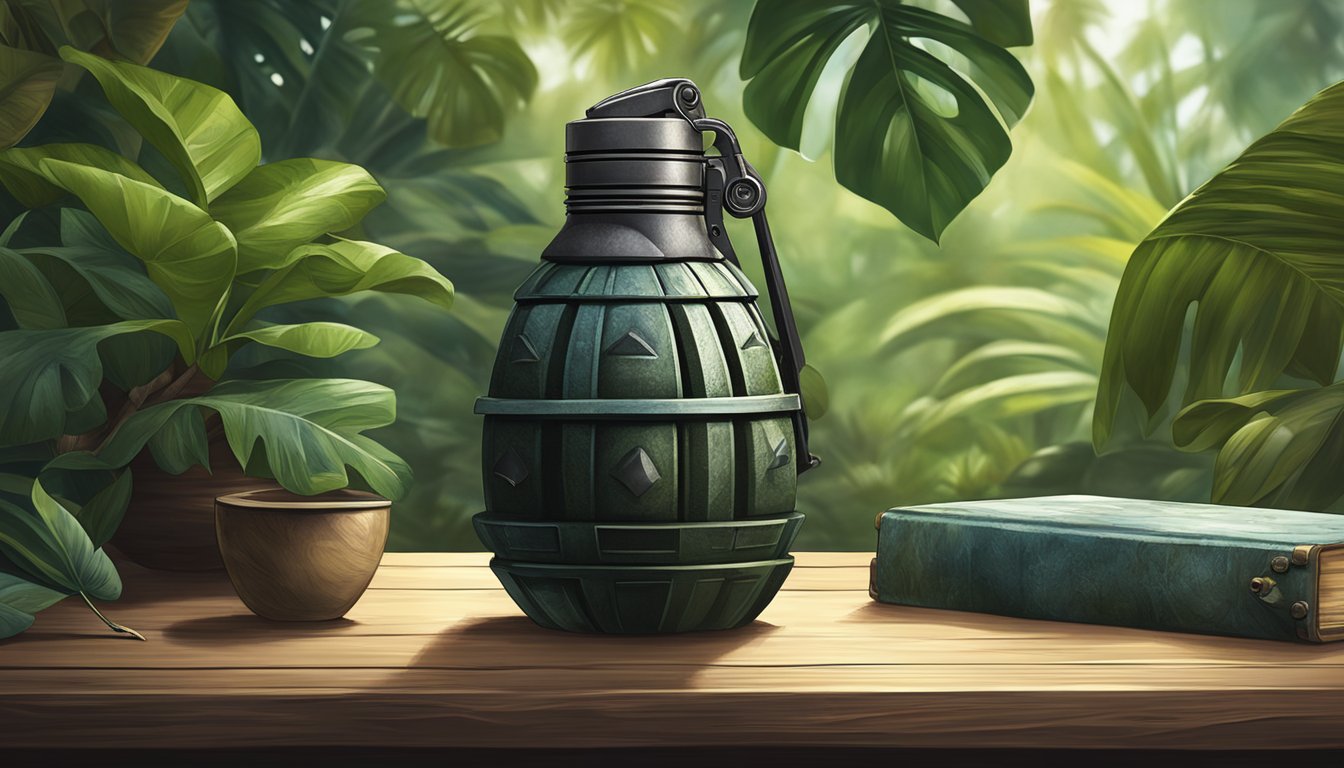Often affectionately dubbed “golf ball grenades,” these pint-sized explosives were primarily designed for close-quarters combat, despite their somewhat limited applications.
Features of the V40 Mini-Grenade
Among these compact devices, the V40 mini-grenade, weighing in at just 4.8 ounces and measuring around 4 centimeters in diameter, stands out.
While it may not seem particularly formidable, this little explosive proved indispensable for special operations forces during the Vietnam War.
Operatives deployed the V40 to clear out enemy hideouts and maneuver in tight spaces, earning it the playful moniker “hooch popper.” Navy SEALs and the MACV-SOG—a secretive multi-service unit conducting delicate operations—favored it, especially after its introduction in 1968.
Rick Woolard, a retired Navy captain and Vietnam veteran, reflected on the clever tactical advantage offered by the V40.
Tossing one into a hostile room could create an element of surprise, catching adversaries off guard.
However, despite such moments of effectiveness, the V40 wasn’t the go-to grenade for most soldiers.
They typically preferred larger models like the MK2, known as the “pineapple” grenade, and the MK26, both of which overshadowed the V40 in size.
Limitations and Tactical Use
The V40 came equipped with a four-second delay fuse and posed a lethal threat within a 5-meter radius.
In comparison, the MK2 had a larger effective range of 5 to 10 meters, with a delay of four to six seconds.
Its small stature made it tricky to handle, especially while wearing gloves, adding an element of risk for those who used it.
Woolard noted another characteristic of the V40: its lightweight design made it easier to carry.
On missions, his team generally packed no more than four of these grenades.
While he occasionally strapped one to his belt, it often remained unused, given its limited effectiveness outdoors.
In fact, an attempt to blow up a bridge with a V40 ended in disappointment, as the explosion barely made a dent.
Despite its light weight allowing for better throwing distance than heavier models, the V40 struggled against the thick jungle canopy typical of the Vietnam landscape.
Ultimately, the V40 mini-grenade didn’t make a lasting impact, failing to secure a place in post-war military armories.
A Veteran’s Perspective
Woolard was candid about the V40’s shortcomings, questioning its overall utility compared to the more reliable MK2.
He voiced concerns about the dangers associated with grenades, particularly the risk of shrapnel.
This apprehension led him to prefer a more cautious approach in combat situations, steering clear of excessive reliance on grenade usage.
Source: Taskandpurpose.com

